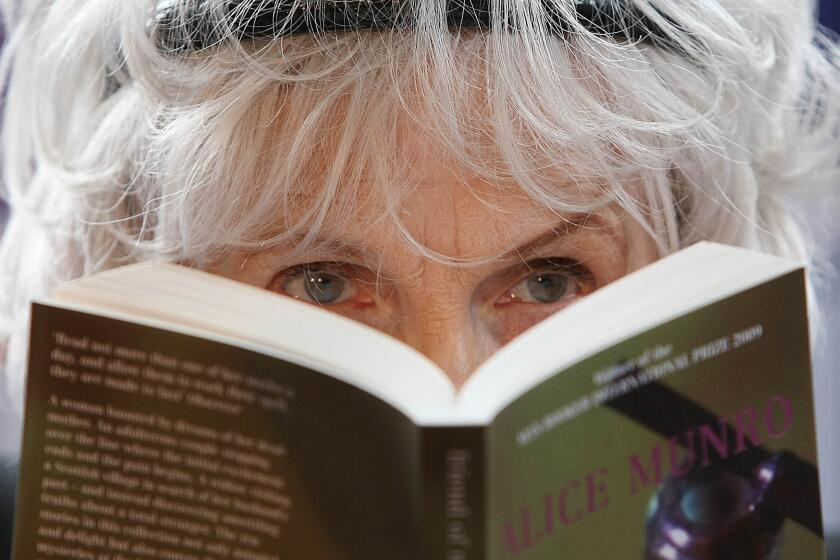BRIAR ROSE. <i> By Robert Coover (Grove/Atlantic: 96 pp.; $18).</i>
Robert Coover knows more than almost any other American writer about the malleability of meaning, archetypal stories and the power of fantasy and fairy tale to illumine contemporary concerns. He once defined himself, perhaps only half-ironically, as a realist like Kafka. His work is firmly planted in the so-called real world of politics, social issues and popular culture, then pressed through a tangled net of fantasy, absurdity, satire and fairy tales. Coover’s latest and deepest foray into fantasy land is “Briar Rose,” a brilliant reworking of “The Sleeping Beauty,” which examines (sometimes sadly, sometimes humorously) the nature of desire in all its contorted sexual, lustful and romantic, and even intellectual aspects. More personal and more lyrical than Coover’s longer, political-satirical works, yet with more meaning-laden facets than you would ever expect from 96 pages, “Briar Rose” is surely one of the most perfectly executed literary gems ever. The novel takes as its starting point “Little Briar-Rose,” one of “Grimm’s Fairy Tales,” in which Sleeping Beauty is the beautiful, long-awaited child of a king and queen who invoke the wrath of an elderly fairy not invited to the christening. The fairy decrees that the beautiful princess will one day prick her finger on a spindle and die, a curse leavened by a good fairy who says that Sleeping Beauty will only sleep for 100 years. At 15, Sleeping Beauty finds an old woman spinning in a tower (despite a royal ban on the activity) and wants to try for herself. She’s pricked. She sleeps--along with everyone else in the castle--while a huge, protective, prickly rose hedge grows up around the battlements (hence Sleeping Beauty’s alias, “Briar Rose”). One hundred years later, the hedge parts to allow the entrance of a handsome prince who wakes Sleeping Beauty with a kiss. Of course, they live happily ever after. Coover turns the certainties of the original fairy tale upside down and reveals once more his enduring preoccupation with art’s audacity, its nerve in trying to tame life’s chaos. Coover knows that even if he worries a topic to death, it will always get up and jump away. In our age, it seems, the story of Sleeping Beauty can’t give us a tidy “happily ever after” ending--only, perhaps, some softening of cosmic loneliness.
More to Read
Sign up for our Book Club newsletter
Get the latest news, events and more from the Los Angeles Times Book Club, and help us get L.A. reading and talking.
You may occasionally receive promotional content from the Los Angeles Times.






